When old paint begins to peel, crack, or simply no longer suits the style of a space, Stripping paint becomes an essential step in any renovation or restoration project. Not all paint removal methods are the same. For walls that are older, wood, or concrete surfaces, it is necessary to use different tools to create a clean, smooth result.

Image credit: benjaminmooremaui.com
It’s important to determine the type of paint you want to use and the type of surface before beginning. The older paint layers, in particular those painted before 1978, may contain lead. That changes the whole method. Understanding how to strip paint off wood, how to safely strip paint with lead, and even strip concrete paint off will help ensure the process is both effective and secure.
Stripping Paint Understanding Your Options
There are different methods for taking off paint. They are all suitable for different dimensions of projects or surfaces. The most common include:
Chemical Paint Strippers come in liquid or paste form. They break down the bonds between the surface and paint. They’re versatile and can be used on metal, wood and concrete. Gel-based strippers work better on vertical surfaces since they stick without dripping.
Heating Guns or an Infrared Tool These devices are intended to make use of heat to soften paint and make it easier to take off. They are very effective but they must be handled with care to ensure that the surface is not burned.
Manual Sanding – Making use of the sanding block and sandpaper is the most efficient method. It is best suited for smaller areas or that have intricate designs. It is more controlled, but can be time-consuming and labor-intensive.
Steam Strippers – These tools make use of hot steam in order to lift paint layers. They’re an eco-friendly alternative to chemical paint removers, particularly for wood.
Each option has pros and cons. The right choice often is determined by the material being treated and how the paint is performing.
Stripping Lead Paint: A Real Safety Risk
Working with older structures, lead paint stripping requires extra precautions. Lead-based painting is dangerous when dust or pieces of paint are inhaled. This can pose serious health hazards, especially for pregnant women and children.
Make use of a lead-testing kit examine the surface prior to beginning. Avoid dry scraping or sanding the paint if lead has been discovered. These techniques can trigger dust and toxic fumes to be released. Instead, use a paint removal product that is specifically identified as safe for removing lead. Wear protective goggles and respirators that are rated for lead. If the job is substantial, it’s often best to seek out a professional lead abatement contractor.
How do you remove paint from wood without damaging it
Wood is more delicate as opposed to other surfaces. To remove paint from wood effectively, start by protecting surrounding areas with drop cloths, and ensure sufficient ventilation. If the wood piece has intricate grooves or details that are wood-specific, you can use a specific chemical stripper. Apply the stripper evenly. Let it rest for the period specified. Then gently scrape the paint off using a plastic tool in order to avoid gouging.
After removing the majority of paint, gently sand it with fine-grit papers to get rid of any residue. Dry it completely before applying the new finish.
How to remove paint from concrete?
Paint is difficult to remove from concrete surfaces like driveways, patios or basement walls. To remove paint from concrete surfaces, you must begin by using the use of a masonry paint stripper that is heavy-duty. Make use of the product in a liberal manner and allow it to dry.
Make use of a scraper with a stiff-bristled brush to remove the paint when it starts to bubble. Pressure washing may help in removing the remaining paint of large areas. Another application or use of an concrete grinder, could be required if a number of layers remain.
Final Thoughts
If you’re trying to remove paint without harming your home’s old walls, renovate the old cabinet made of wood or take paint off concrete stairs, the right tools and techniques are necessary. Selecting the most secure and efficient method for every surface is not just a guarantee of greater results but also safeguards your health and preserves the quality of the material beneath.
You can transform any surface into a blank canvas using the proper planning, perseverance and knowledge.














